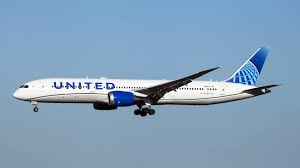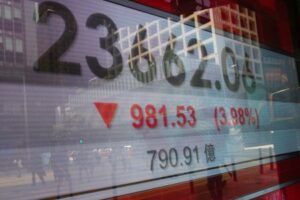United Airlines (UAL) is climbing higher and is providing a lift for other airline stocks after increasing its Q2 revenue outlook and providing a bullish update on the current demand environment. After originally guiding for total revenue per available seat mile (TRASM) growth of about 17% vs. 2019, UAL is now forecasting TRASM growth of 23-25%. The enhanced outlook is a reflection of just how strong the pent-up demand situation is for air travel. People are yearning to take a trip, or to visit friends and family members, after two years of coping with the pandemic and the associated canceled vacations, events, and business outings. Spending on travel has become a priority for many, as illustrated by a willingness to pay sharply higher fares in the face of surging cost of living expenses.
UAL’s CEO, Scott Kirby, touched on this topic during a CNBC interview this morning, stating that he’s not seeing any resistance to ticket price increases. Additionally, rising COVID-19 cases aren’t having a negative impact either, further highlighting this insatiable desire to travel. This is in contrast to this past winter when the emergence of the omicron variant temporarily slowed airline bookings.
The upswing in TRASM guidance isn’t the only piece of good news for UAL.
On that note, UAL now expects Q2 average fuel price per gallon to be $4.02 compared to its prior forecast of $3.43.
Recall that these jets were grounded last February after a UAL flight bound to Hawaii had an engine failure and was forced to make an emergency landing in Denver.
Accounting for about 10% of UAL’s capacity, the upcoming return to service for these jets should provide a boost to capacity during the summer months and beyond.
The main takeaway is that pent-up demand for air travel is providing a seemingly unstoppable tailwind for UAL and its peers. Barring a significant economic slowdown, it’s hard to imagine that this momentum won’t continue for the foreseeable future, given that business travel demand is finally starting to catch up to leisure travel demand.





